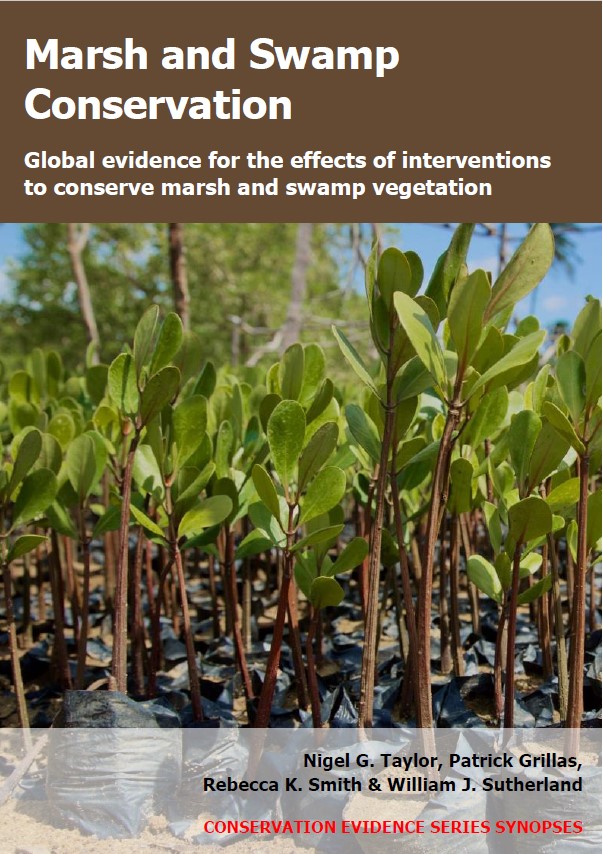Disturb soil/sediment surface before planting trees/shrubs: brackish/saline wetlands
-
Overall effectiveness category Unknown effectiveness (limited evidence)
-
Number of studies: 1
View assessment score
Hide assessment score
How is the evidence assessed?
-
Effectiveness
25% -
Certainty
27% -
Harms
3%
Study locations
Supporting evidence from individual studies
A replicated, controlled study in 1995–1997 on an estuarine mudflat in New South Wales, Australia (Day et al. 1999) found that ploughing substrate before planting grey mangrove Avicennia marina propagules had no significant effect on their survival or seedling height after two growing seasons. At this time, ploughed and unploughed plots, initially planted with 16 propagules, contained a statistically similar number of seedlings (ploughed: 5.9; not ploughed: 6.7 seedlings/plot) and contained seedlings of statistically similar average height (ploughed: 45 cm; not ploughed: 49 cm). Initial survival rates (after two weeks) were also statistically similar in both treatments (ploughed: 4.7; not ploughed: 5.9 seedlings/plot). Methods: In December 1995, some 1-m2 plots (number not reported) were established in three areas on a tidal mudflat in the Hunter River estuary. The plots were excavated to 20 cm depth then refilled with the local natural substrate (sand/silt/clay). Some of the plots were then ploughed (10–15 cm depth) whilst the others were not ploughed. Sixteen locally collected grey mangrove propagules were planted into each plot. Seedlings were counted in each area after approximately two weeks, then counted and measured in two of the three areas (where some propagules survived) after 15 months.
Study and other actions tested
Where has this evidence come from?
List of journals searched by synopsis
All the journals searched for all synopses
This Action forms part of the Action Synopsis:
Marsh and Swamp Conservation
Marsh and Swamp Conservation - Published 2021
Marsh and Swamp Synopsis





)_2023.JPG)














